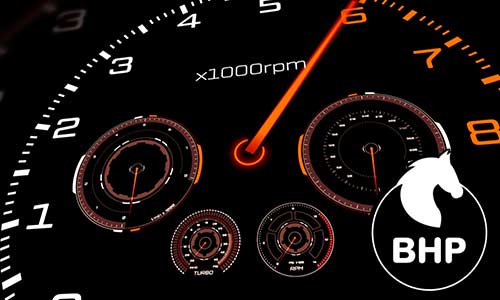
How to find the chassis and engine numbers
Various car models have different engine and chassis specifications, which can make it tricky to locate the chassis and engine numbers. As such, you may have known exactly where to look for them on your old car, but they might be placed completely differently on your new motor.
In this guide, we will cover the methods at your disposal for locating the chassis and engine numbers on any car model. We’ll explain the differences between these two numbers, where you may find them – and the documents where they might also be referenced.
Value your car in under 30 seconds
How do I find my engine number?
You will often find the engine number on the engine block or distributor cap. It is not uncommon for the identification plate to be obscured by dirt. If this is the case, a quick clean should reveal the number you’re looking for.
What is a VIN (vehicle identification number)?
Have you ever wondered, “What is a VIN?” Put simply, the vehicle identification number (VIN) is a unique 17-character identifying code for a vehicle. A VIN contains coded information about a vehicle’s manufacturer, features, specifications and trim level.
The VIN can also be used to check other key information about a vehicle, including:
- Whether the car is subject to recall.
- Whether the car has been stolen.
- Whether claims have been made on the car warranty.
- Whether it is a ‘dual fuel’ vehicle (such as LPG).
- The car’s model year - (This refers to the year of manufacture, which is not necessarily the same as the car’s registration year.)
- In some cases, you may also be able to find a missing registration number from the VIN. In some cases, you may also be able to find a missing registration number from the VIN.
Is the VIN number the same as the engine number?
No, they are different. A VIN is normally printed on a plate, which is welded onto the body in the engine compartment and contains coded information such as the car’s model and its year of manufacture.
On the other hand, the engine number is fitted to the engine block. As such, a car’s engine number will change if it has a new engine fitted, whilst the VIN number will remain constant throughout its lifespan.
Where to find your engine number (step-by-step)
-
Check your paperwork
Before searching your vehicle, look for the following documents, as they may reference your vehicle’s engine number: V5C document, owner's manual, insurance documents, body shop repair records and police reports. If your owner’s manual does not specify the engine number, it may indicate where it can be found on the engine block. If you cannot find the documentation you’re looking for, please see our guide ‘How to replace missing car documents’ for more tips and advice.
-
Open the bonnet
Open the bonnet and look for the number printed on the front of your engine block.
Finding the VIN for different manufacturers
The positioning of the VIN may differ depending on the make of your car. You can discover your car’s VIN location by consulting your owner’s manual or by contacting the manufacturer.
Here are some common VIN locations for popular manufacturers:
- Mercedes-Benz, BMW, Lexus, Mini and Ford - On the base of the driver's side dashboard (visible through the windshield) and on the inside of the driver's side door jamb.
- Land Rover and Audi - On the driver's side dashboard beneath the windscreen.
- Vauxhall - On the driver's side door or the dashboard.
What does the engine number tell you?
Engine numbers can provide key information about the engine you are looking at, such as when it was manufactured.
What is an engine number?
An engine number is a code containing information about a specific engine. Some cars will have the same engine number because engines may be used interchangeably by different manufacturers.
Where do I find an engine number?
As there are no online engine number check tools, you’ll need to find your engine number manually. The engine number can typically be found on the engine block or the distributor cap. Ensure your engine block is clean as this may obscure the code you’re looking for.
Frequently Asked Questions
There is no specific universal standard for engine numbers, therefore the number of digits can vary. However, there are typically between 11 and 17 digits in an engine number.
Yes. The two terms are used interchangeably, as the number is stamped on the chassis of the car.
Yes, the engine codes are more or less the same in every country. Yet, if two cars of the same model had different engines (e.g. different engine sizes) or if one had a new engine fitted to increase its value, then the engine codes would be different.





